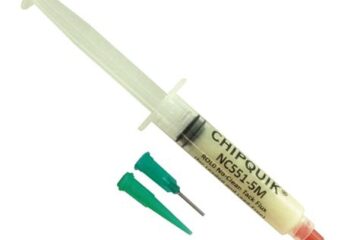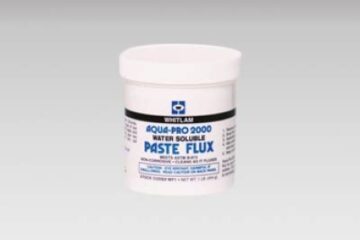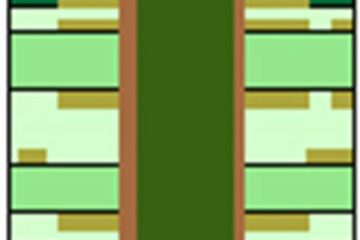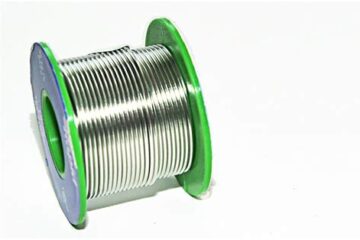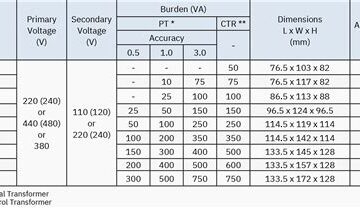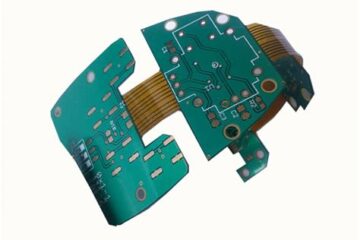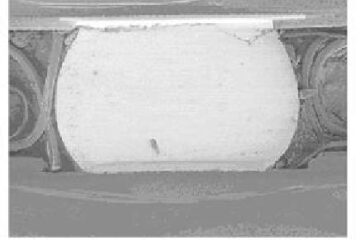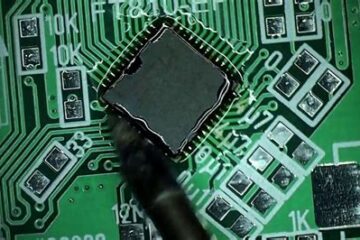PCBA
What is Solder Paste Tack?
Introduction to Solder Paste Tack Solder paste tack is a crucial property in the surface mount technology (SMT) assembly process. It refers to the ability of solder paste to hold components in place during the placement and reflow stages. Tack is essential for maintaining component alignment and preventing tombstoning, which can lead to defects and reduced yields. Understanding solder paste tack is vital for optimizing the SMT process and achieving high-quality PCB assemblies. Definition of Read more…
